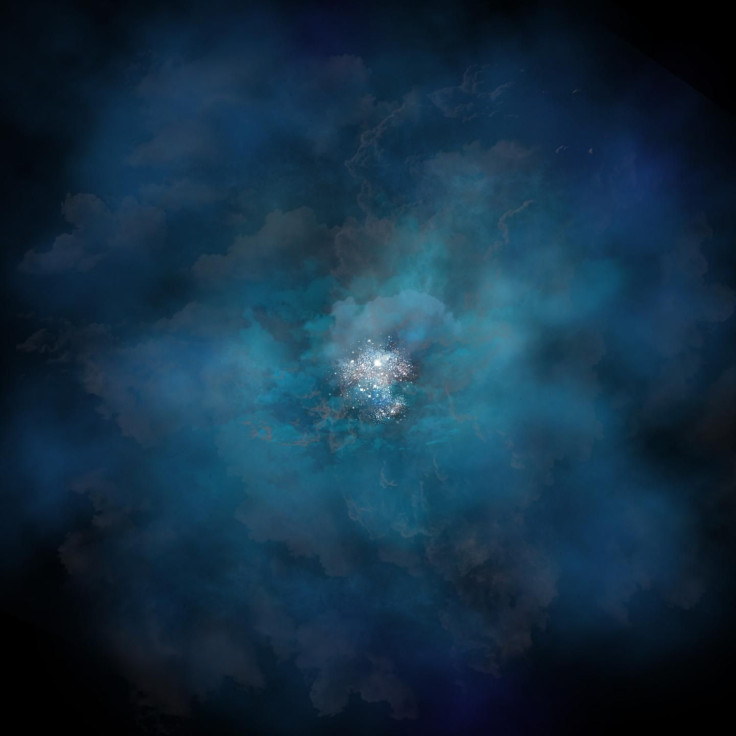Astronomers Observe Halo Of Young Galaxy 10 Billion Light-Years Away

As scientists continue to explore the history of our universe and the galaxies inhabiting it, a team of researchers at the University of Wisconsin-Milwaukee has observed the halo of a young galaxy, one that sits some 10 billion light-years away from Earth.
Studying galactic halo could provide crucial insight into the formation and evolution of galaxies, but often, the first galaxies of the universe — those forming shortly after the Big Bang — are too far or faint to be observed. This makes it impossible for astronomers to discern their features.
The problem has persisted for a long time, but this particular galaxy, officially named Q2343-BX418, carried expected traits of first galaxies, which makes it one of the best analogs to uncover what galaxies looked soon after the universe came to be.
Releasing this characteristic, the astronomers used one of Keck Observatory's newest instruments, Keck Cosmic Web Imager (KCWI), to observe and analyze its halo, which was giving away a special kind of light.
"In the last several years, we've learned that the gaseous halos surrounding galaxies glow with a particular ultraviolet wavelength called Lyman alpha emission,” Dawn Erb, the lead author of the work, said in a statement. “There are a lot of different theories about what produces this Lyman alpha emission in the halos of galaxies, but at least some of it is probably due to light that is originally produced by star formation in the galaxy being absorbed and re-emitted by gas in the halo."
That said, hoping to find early star-formation related information, the team peered deep into the cosmos and obtained clearest-ever imagery of the galaxy and its halo with KCWI. The instrument revealed faint currents of gas in the halo and enabled the team to conduct a thorough spectral analysis of its light.
The work, which involved tracking the movement of gas, plotting its velocity and spatial extent, and creating a 3D map of its structure, revealed the gas from BX418 is escaping into the halo in a roughly spherical outflow. This indicates the star-formation activity is on a decline in the galaxy.
Scientists have long known galactic halo serves as that particular zone where gases can enter and exit a galaxy. The direction of their movement plays a significant role in determining the future of stars within it.
"Most of the ordinary matter in the universe isn't in the form of a star or a planet, but gas. And most of that gas exists not in galaxies, but around and between them," Erb added in the statement. "The inflow of new gas accreting into a galaxy provides fuel for new star formation, while outflows of gas limit a galaxy's ability to form stars by removing gas."
The results noted in this study support the latter scenario, but the researchers involved in the study have stressed this work has to be replicated and several young galaxies have to be studied before implying it as a general fact for all first galaxies of the universe.
© Copyright IBTimes 2024. All rights reserved.




















